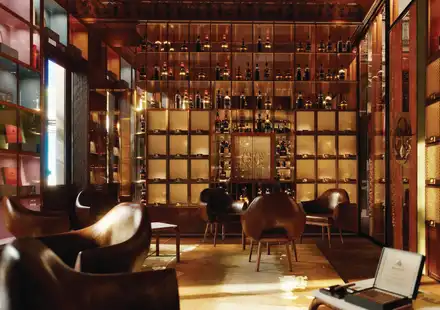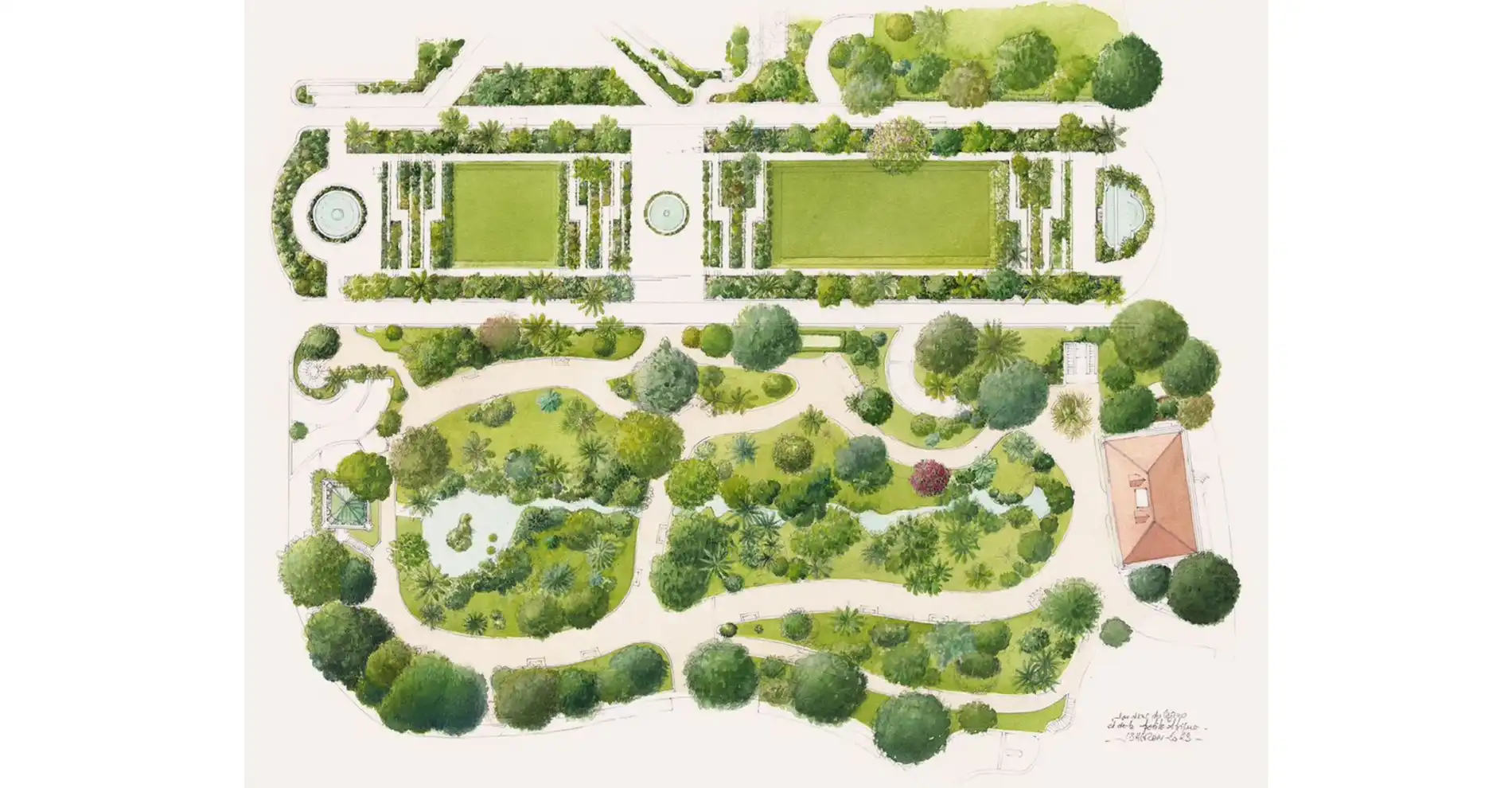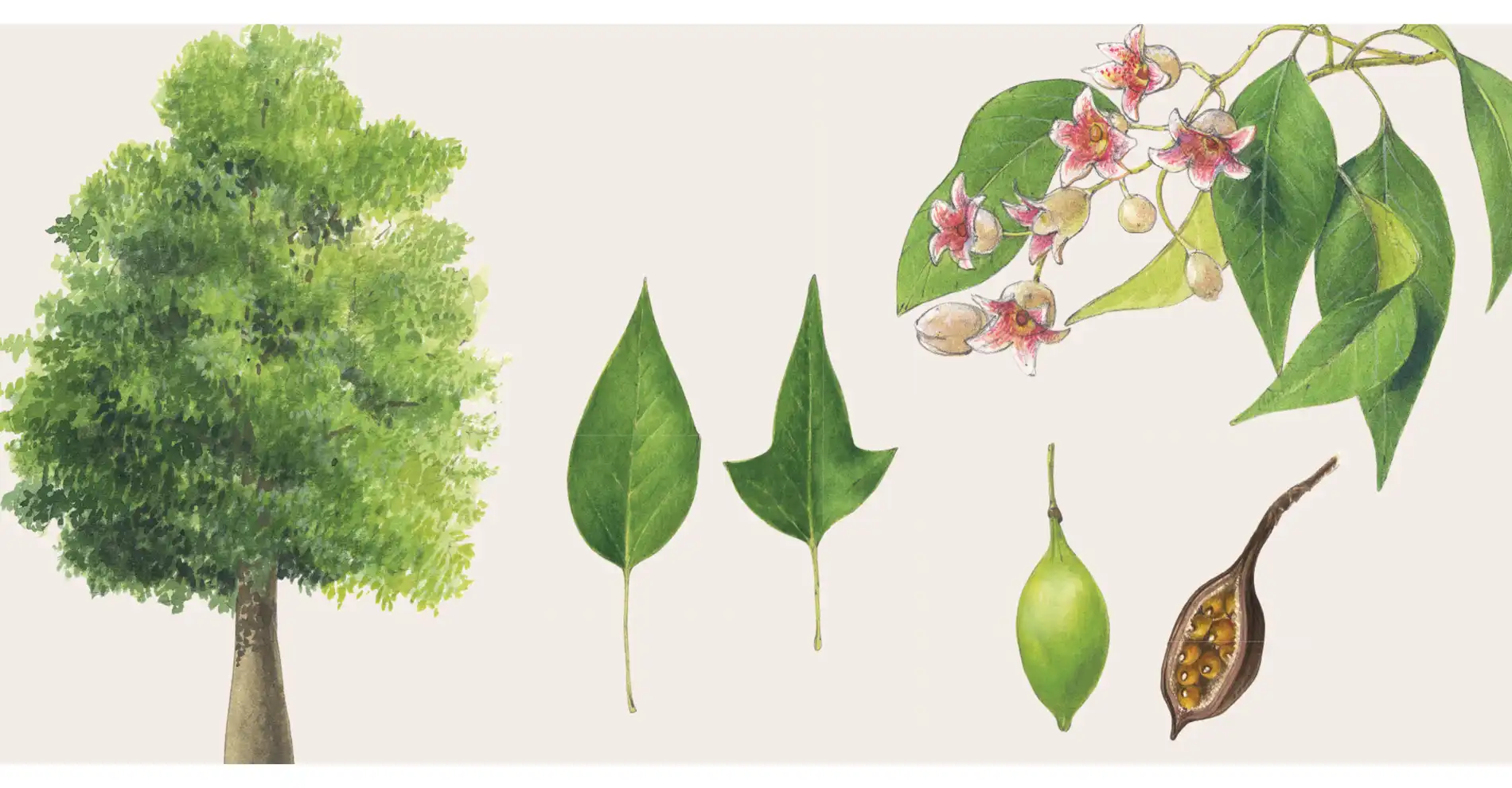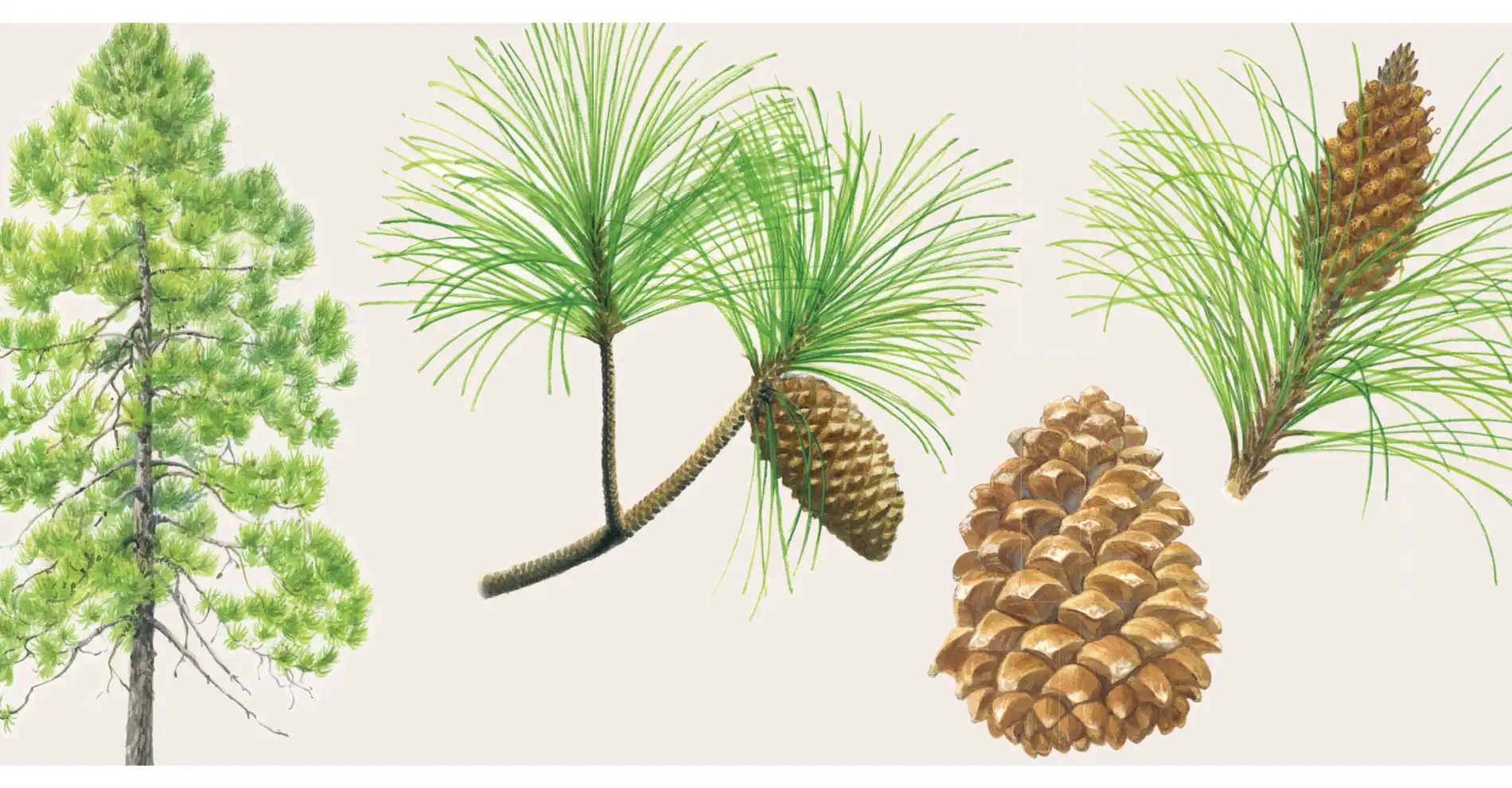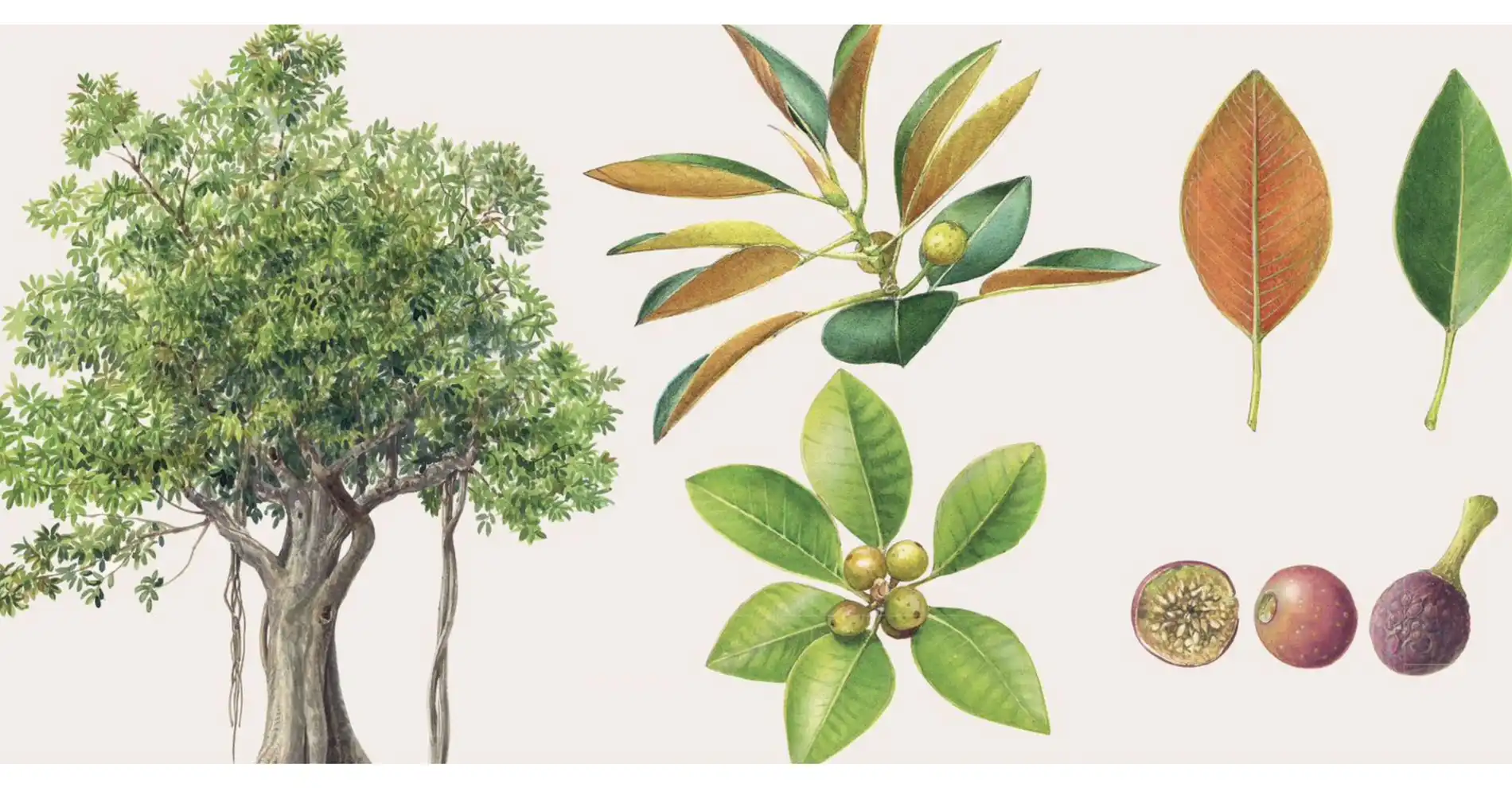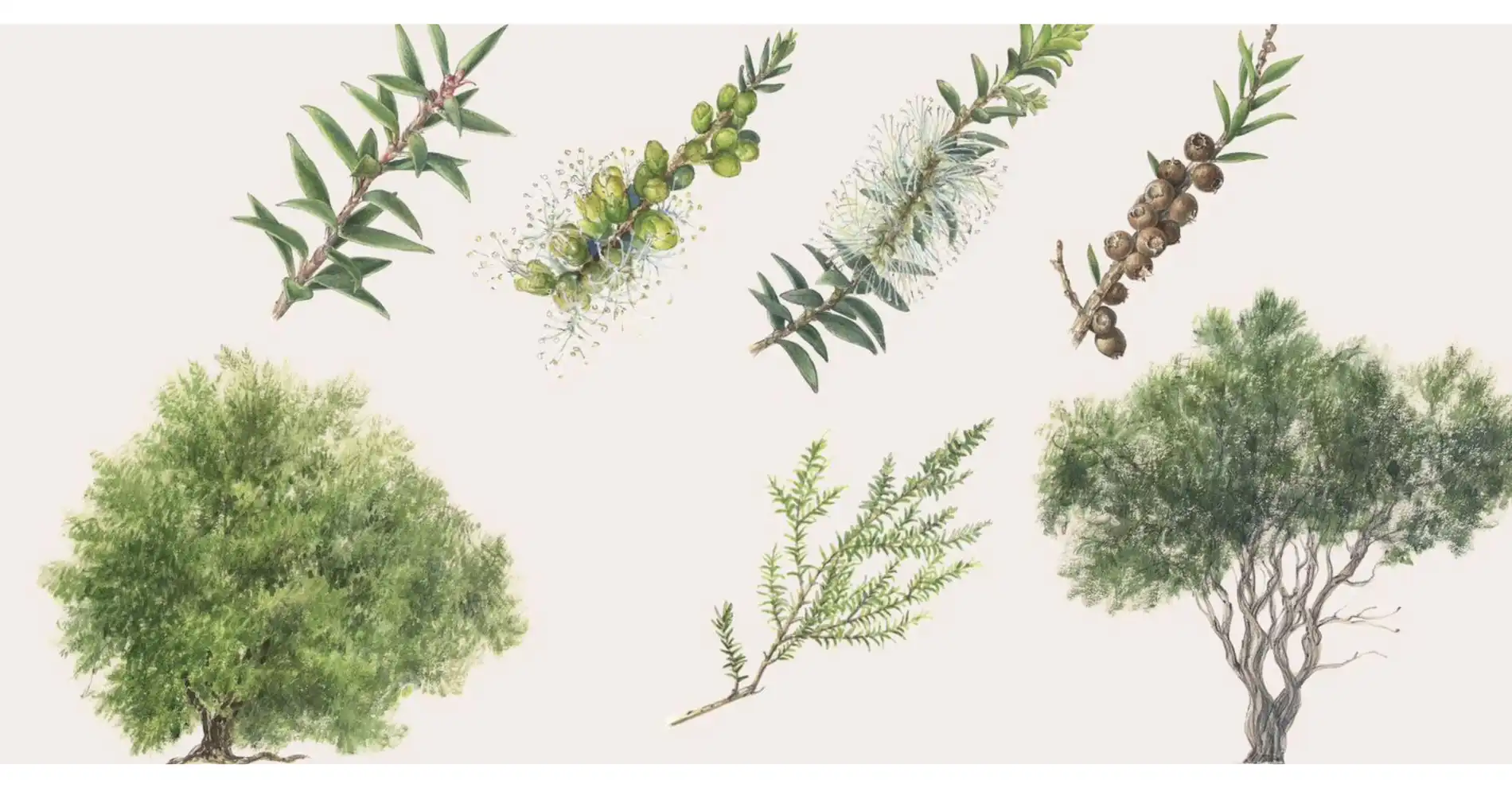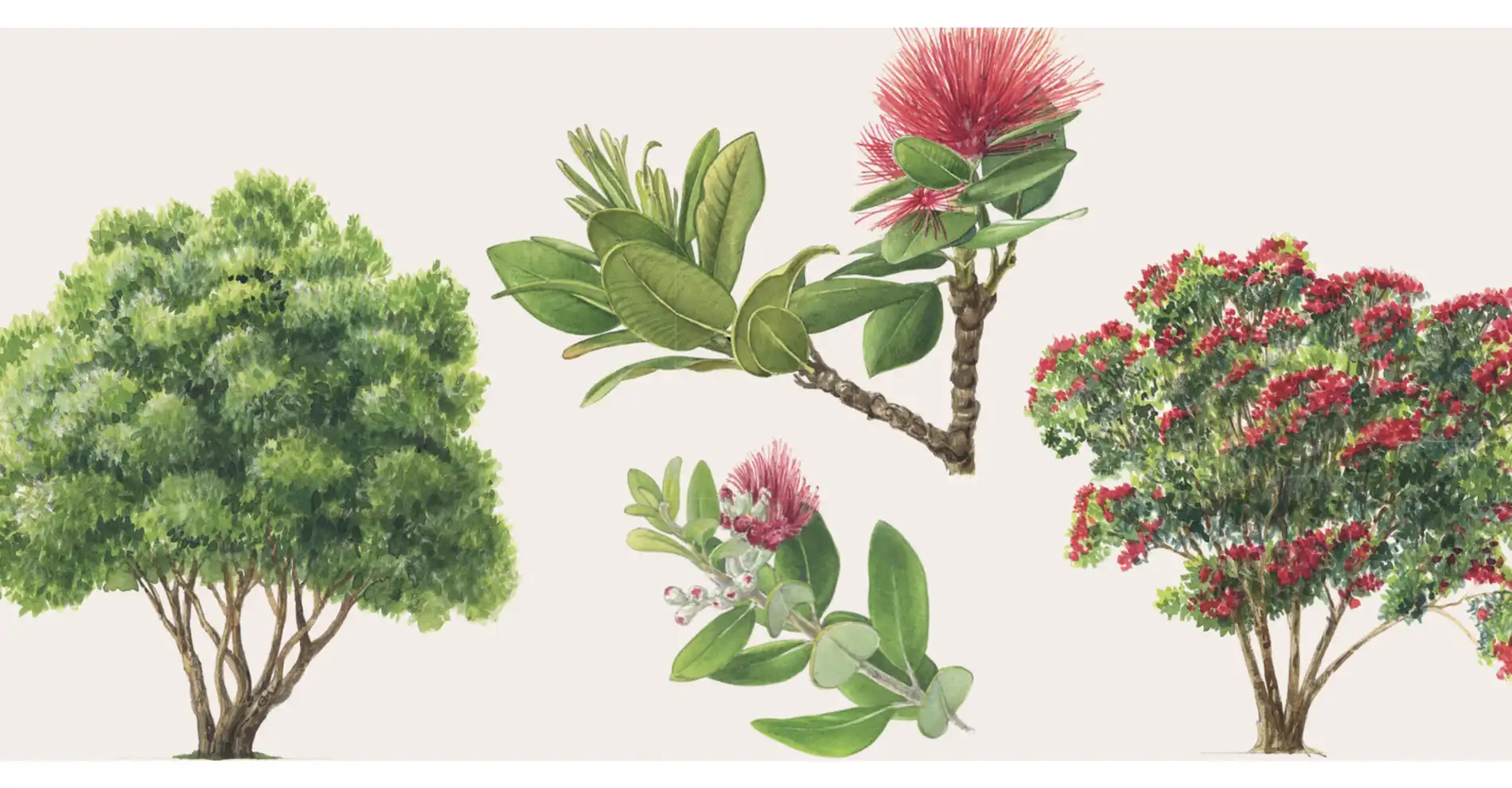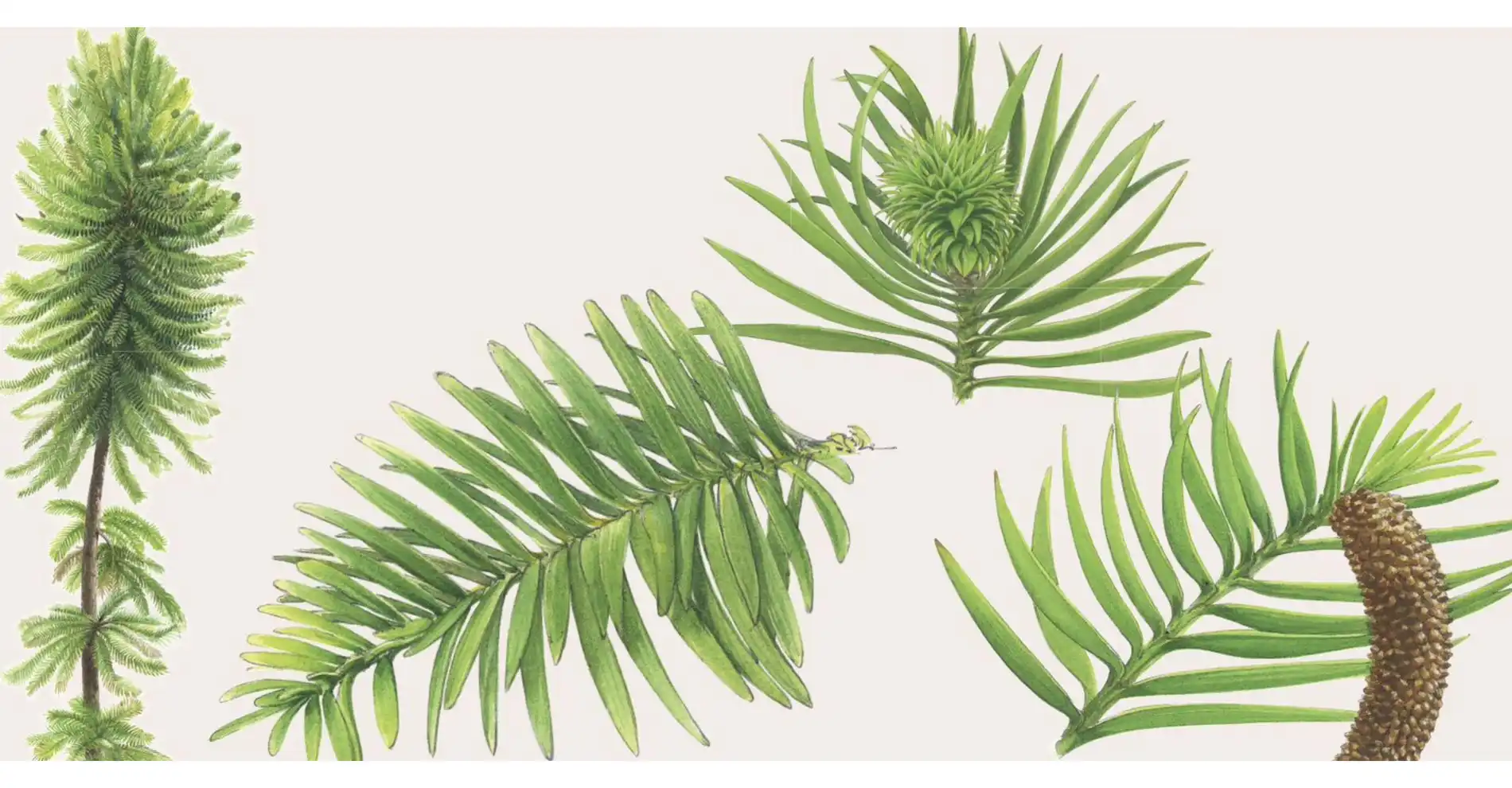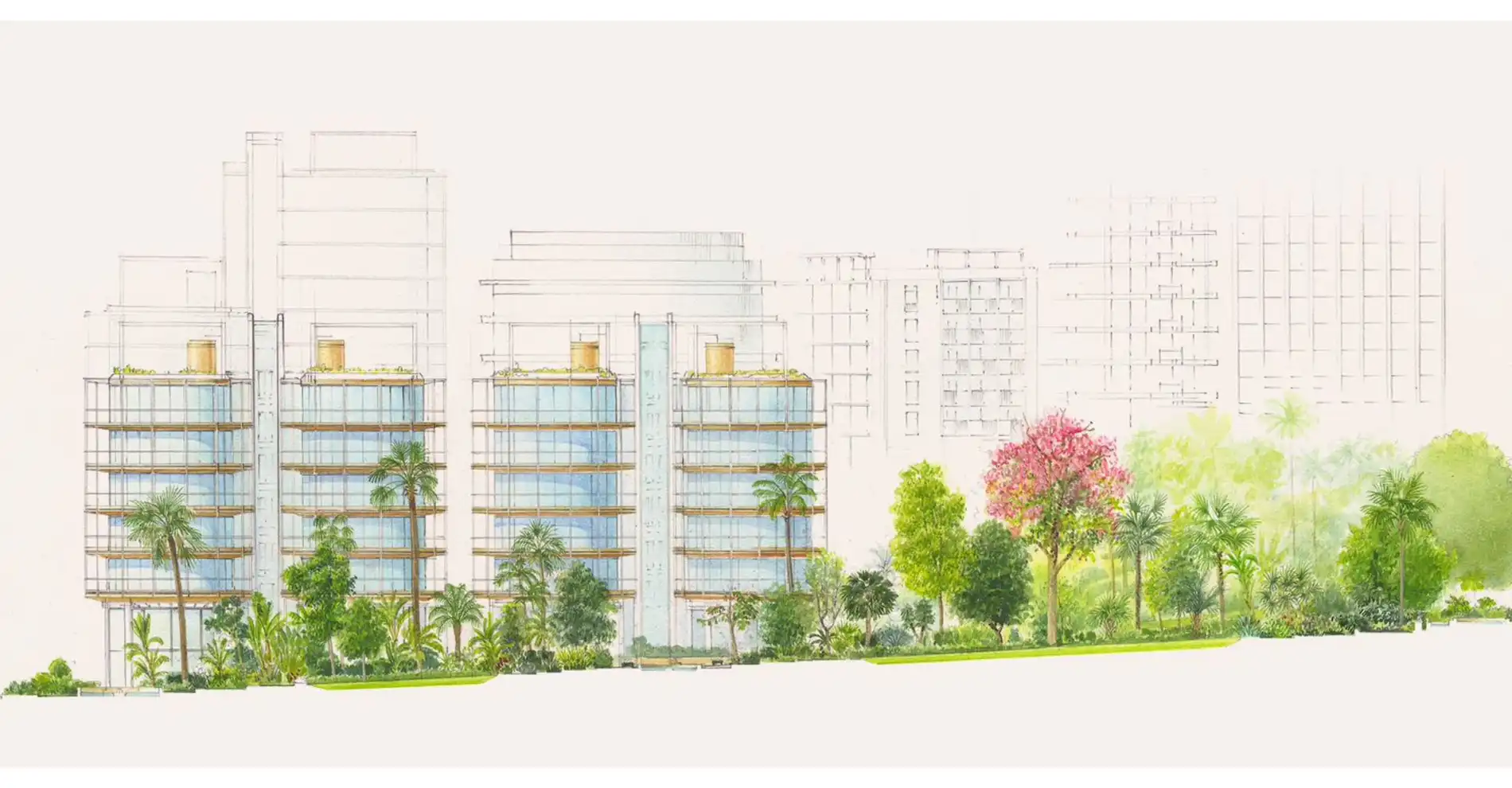Published on May 03, 2023Updated on December 16, 2024
Discover the magical gardens of the Place du Casino de Monte-Carlo, a haven of peace in the centre of the city. Stroll by its fountains, sculptures and lush vegetation, and be transported into a fairy-tale world as you discover the history of Monaco’s iconic gardens. All illustrations of plant and tree species are by artist Jean-Benoit Héron.
The gardens of the Place du Casino de Monte-Carlo: go green
The Casino de Monte-Carlo looks out south over the Mediterranean, or Grande Bleue as it’s also known, but take just a short walk to the north and you will find yourself in the luxuriant gardens overlooking the Place du Casino de Monte-Carlo. Dating back to 1879, when H.S.H. Prince Charles III commissioned the famous landscape architect, botanist and horticulturalist Edouard André to design them, the Jardin de la Petite Afrique is home to remarkable tree specimens while the Jardin des Boulingrins offers lush green space.
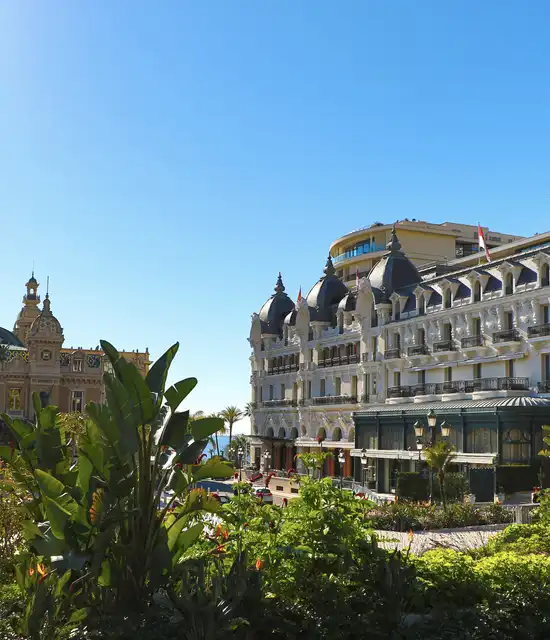

At the time, the region was considered to be very hot, a place it was impossible to live in outside of winter, and an Eden whose flora must have given the impression of an eternal spring from December to March. To help draw in visitors during these winter months, the Côte d’Azur welcomed plants from around the world alongside its local endemic species. Over time, the Jardins des Boulingrins and Jardin de la Petite Afrique have evolved, both in terms of layout and vegetation, but continue to bear witness to this period. Let us take you on a stroll down the gardens’ paths to enjoy their trees, shrubs and flowers.
The Jardin de la Petite Afrique
Located on a gentle slope with water running down it, since its creation this space, designed by Edouard André, has had a decidedly tropical character, with its multitude of species from the countries of the South Pacific. “This major French landscape architect from the second half of the 19th century is also known for his ‘handful of sand’ technique whereby vegetation is scattered like grains of sand on the ground for planting that gives a natural appearance,” says Maurice Bauge, garden foreman. Here, as local workers sit on benches to enjoy their lunch break and children watch ducks in the water, you can stroll through some remarkable trees as you walk between Monaco’s Tourist Office and the Place du Casino de Monte-Carlo. They include old specimens that are part of the Heritage Tree Trail created by the Department of Urban Amenities, the Prince Albert II Foundation and the Tourist Authority as part of the initiative:
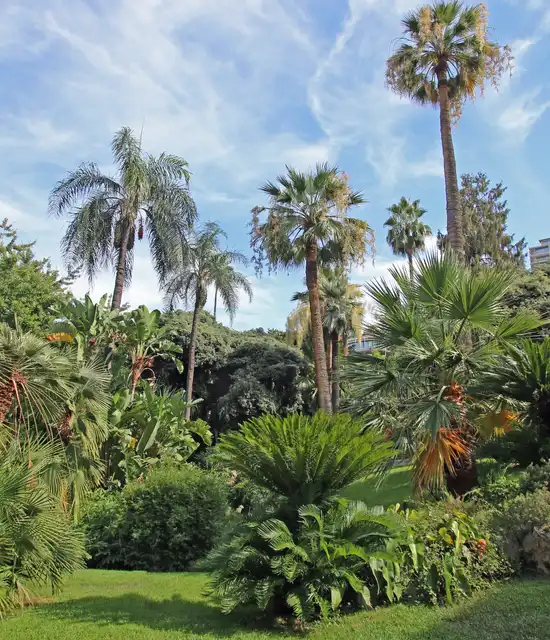
At the bottom of the Jardin de la Petite Afrique, in the east, begin your walk at the Ficus Macrophylla. Also known as the Moreton Bay fig or strangler fig, this tree, which has been in the garden since its creation, stands out for its surface root system giving it multiple trunks. Just above it is a Melaleuca lanceolata. This species of shrub from the Myrtle family is known for its essential oils with therapeutic properties. The Beaucarnea recurvata, originally from Mexico, has a trunk shaped liked an elephant’s foot and long curved leaves. Next to it is a Ginkgo biloba, known as the maidenhair tree. In French it is called the ‘tree of forty crowns’, the price in gold crowns for which the French botanist Charles Pétigny is said to have bought it. In Japan, the leaves of this prehistoric tree species – a living fossil dating from the Jurassic and Cretaceous period – are said to have aphrodisiac properties.
Illustration: Ficus Macrophylla by Jean Benoit Heron
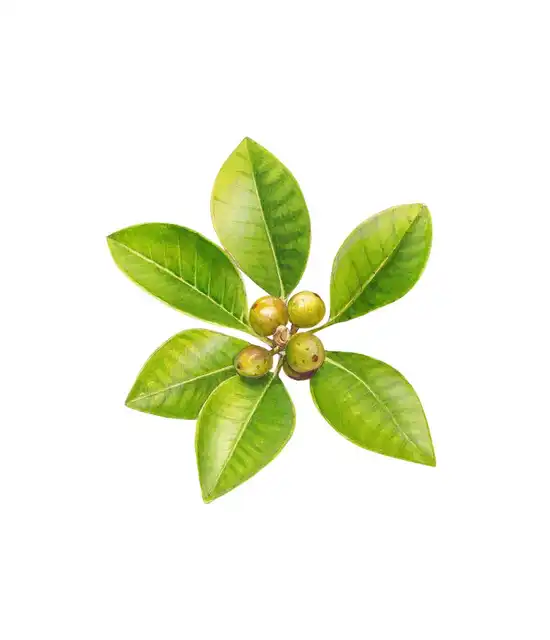
After seeing an Araucaria excelsia, also known as the Norfolk Island pine, elegant with its long trunk and symmetrical leaves, you begin a descent through the west side of the garden towards a Metrosideros excelsa, a tree with red flowers considered sacred by Māoris and known as the Christmas tree of New Zealand. It was cited in the book Les plus grands arbres de France, published in 1956, as the best example of its kind in France, and the circumference of its trunk now measures 2 metres. You may be interested to know that the conifer with pretty foliage below it is a Wollemia nobilis, or Wollemi pine, a species discovered in 1994 in Australia of which only some hundred exist in nature and which has been introduced in gardens around the world. “The one in the Jardin de la Petite Afrique was planted in 2006,” says Stéphane Moroni, who helps take care of it. “We are lucky to be able to work with all these tropical species, here in green spaces that are among the oldest ornamental gardens in Europe.”
Illustration: Metrosideros excelsa by Jean Benoit Heron

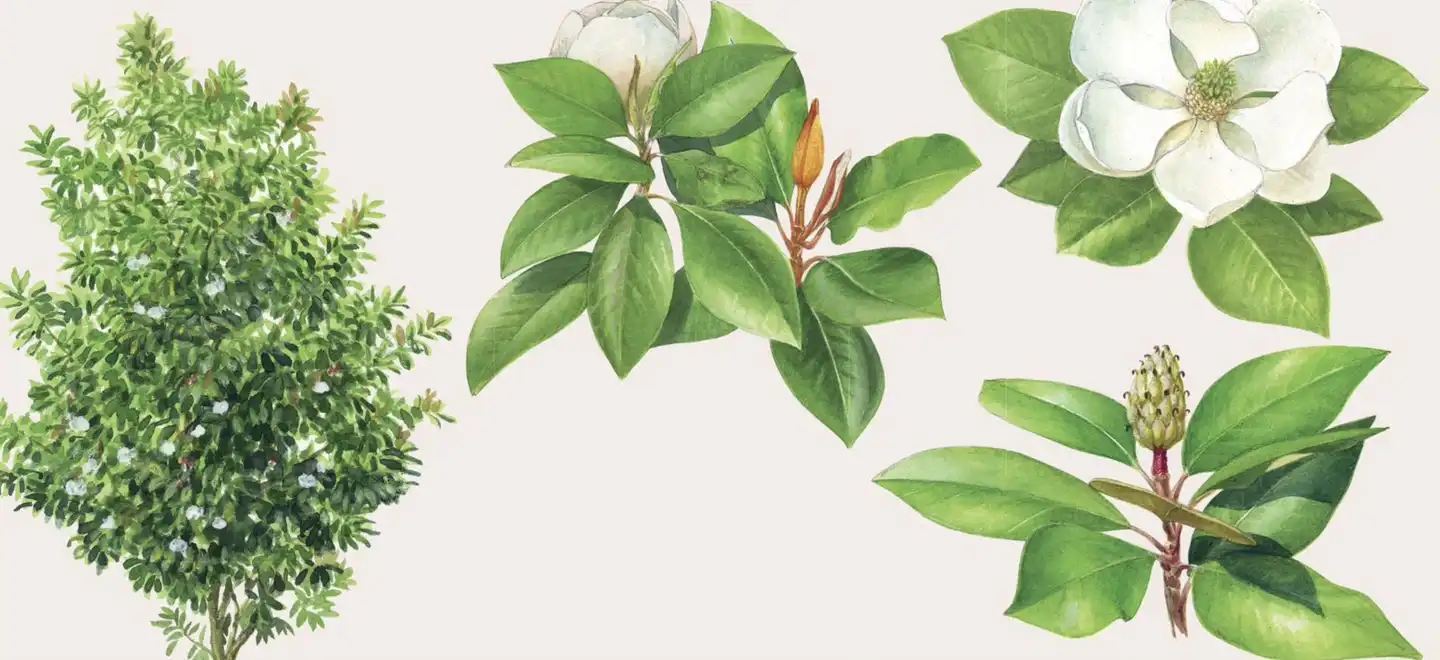
Originally from the United States, the garden’s Magnolia grandiflora is one of its most popular specimens thanks to its large and fragrant white flowers. Another remarkable species, this one with red flowers, is the Brachychiton X hybridus, which takes pride of place marking the spot where two of the garden’s paths cross. The journey ends at the bottom of the Jardin de la Petite Afrique with a Pinus canariensis, or Canary Island pine, a large conifer with fine and incredibly long hanging needles. If you look, you will notice that unusually its needles grow in threes.
The Jardins des Boulingrins
Having seen the very tall exotic trees of the Jardin de la Petite Afrique, in the Jardins des Boulingrins you find lush green space. This is a completely different landscape whose name comes from the English words “bowling green”. Designed by Edouard André and inspired by French gardens, the décor and perspective of the Jardins des Boulingrins were intended to guide the eye towards the Casino de Monte-Carlo. After several recent redevelopments, such as the construction of an underground car park and the pop-up pavilions of the Shopping Promenade, the gardens have been redesigned in a contemporary version by the landscape architect Michel Desvigne, who took inspiration from photographs in the archives.
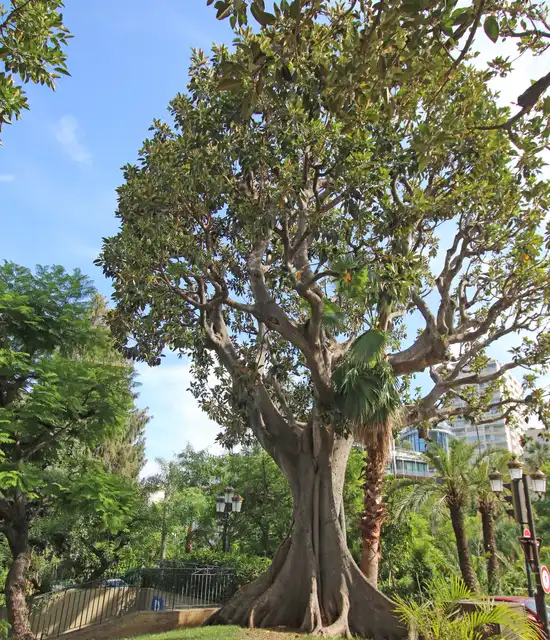
You can now stroll among its lawns, shrubs, plants and flowers, including historic species that have been replanted. The gardens have been designed as a journey through geographical regions going, from bottom to top, via South Africa, Oceania and New Zealand, Oceania and Australia, South America and finally Asia. There is a garden bordered by tall Washingtonia filifera, a fan palm originally from Australia and, among other remarkable trees, a Chorisia speciosa, known as a fake kapok tree. The silky plant fibres that cover the fruits of the tree are used to make pillows.
“As well as being places to enjoy the mild climate of the Côte d’Azur, for me these gardens are also zen spaces where you can find solitude away from the busy city,” adds Stéphane Morini. “Since 2020, we have also replaced agrichemicals by organic products. We use bacteria such as Bacillus thuringiensis against caterpillars, or release green lacewing and ladybird larvae, insects that eat aphids and cochineals, to help us maintain these gardens.”
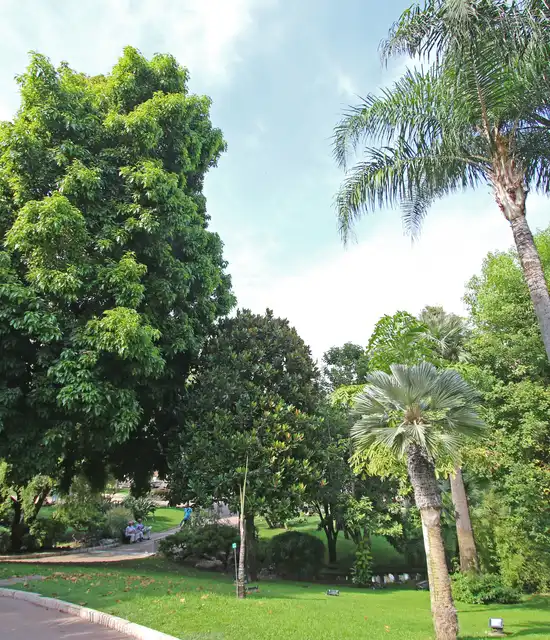
Illustrations by Jean-Benoit Héron
You might also like…
Marlow : so chic, so british
Discover the warm and sophisticated new Marlow café-lounge, in the heart of the new Mareterra seafront district.

Institut audiovisuel de Monaco
Based on the Boulevard du Jardin Exotique, this repository stores over 100,000 audio documents
and almost 500,000 photos of the Principality and the Riviera. Treasures.

Monte-Carlo Cigar Club
Dominique London, a leading light in the luxury cigar world, is teaming up with Monte-Carlo Société des Bains de Mer
to open the Monte-Carlo Cigar Club in 2025. This exclusive new venue promises to be an icon in the making.
